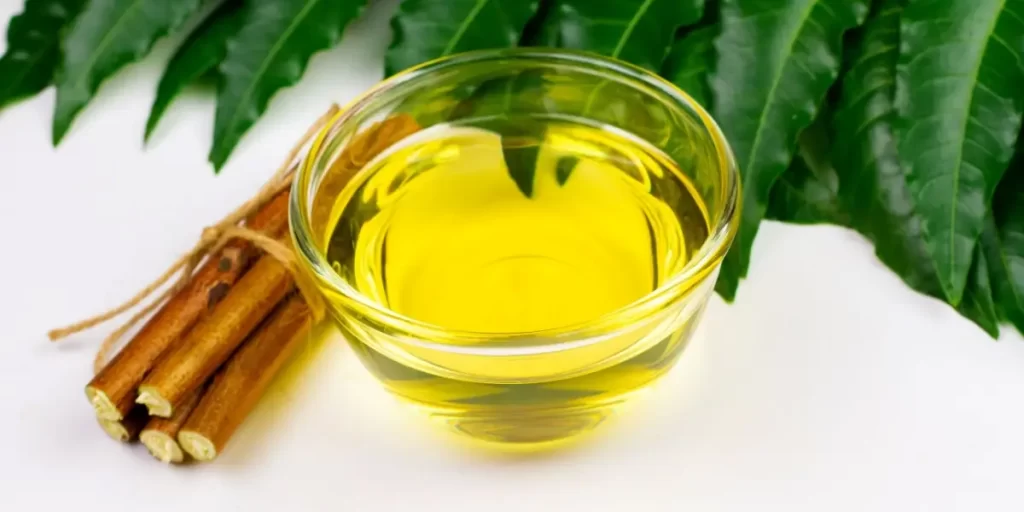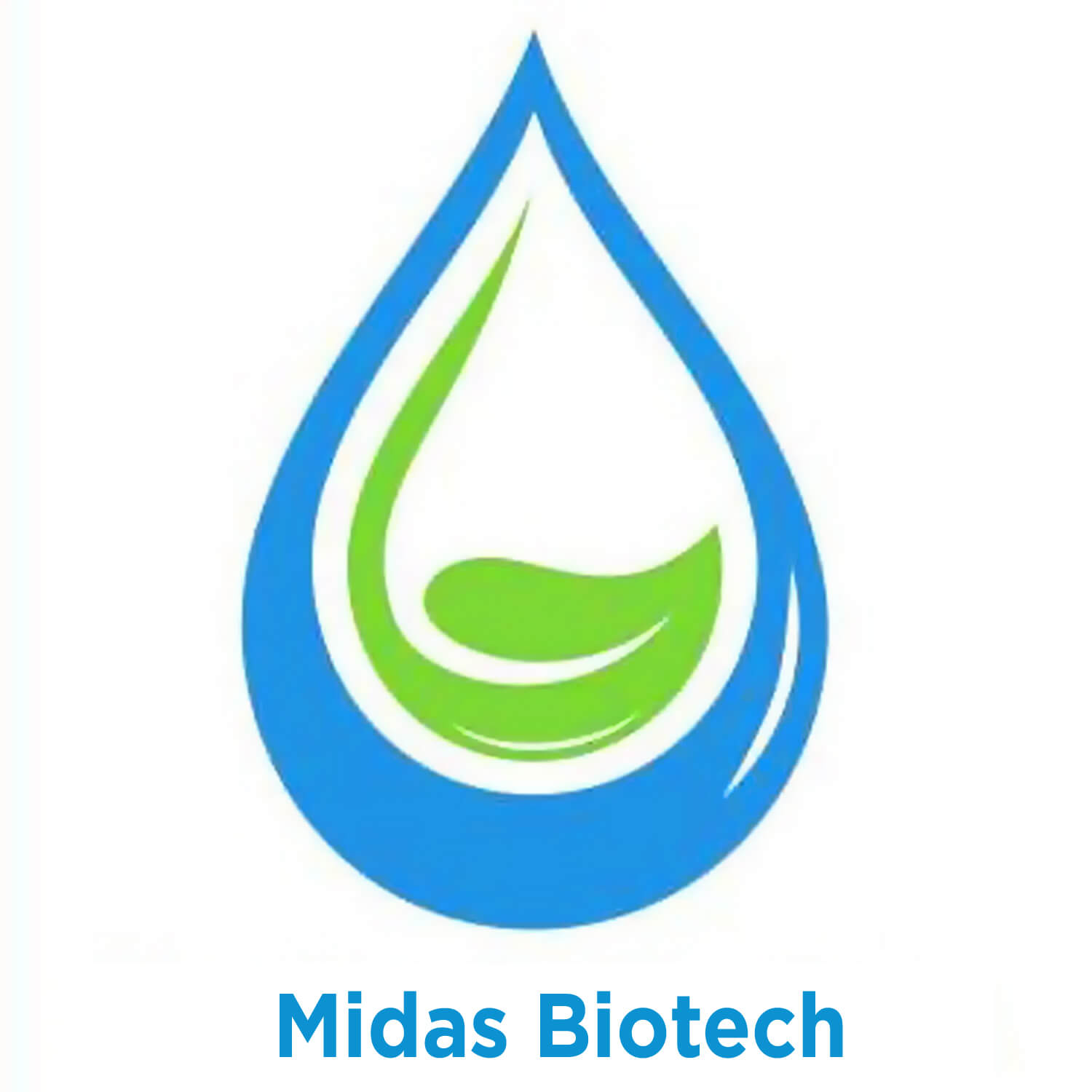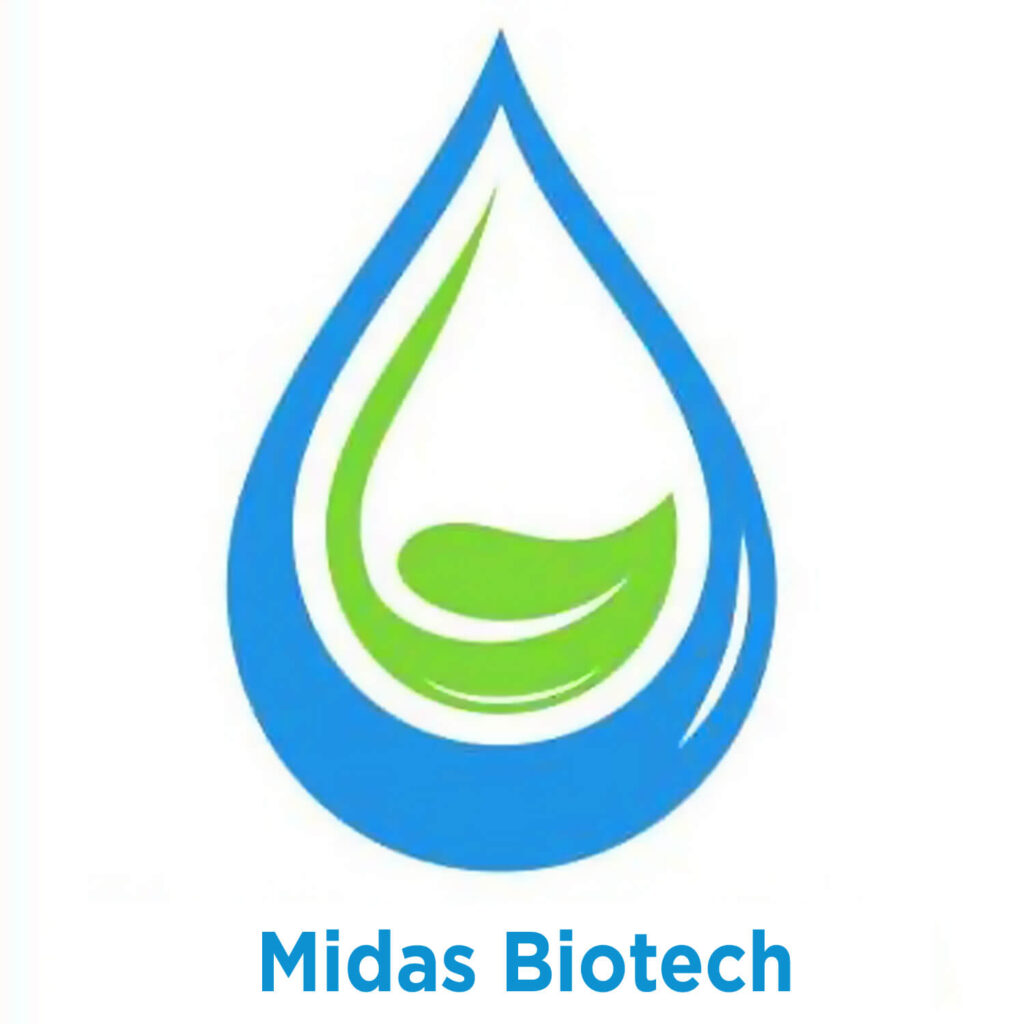Neem Oil - Introduction

Neem Oil is a vegetable (non-edible) oil extracted from the seeds and kernels of neem tree (Azadirachta Indica). It is Natural, Renewable and Bio-degradable oil. Neem is regarded as a Wonder Tree because of its benefits and potential benefits to human beings and the environment through its various parts.
In Hindu texts, the Vedas, Neem is referred to as “Sarva Roga Nivarini” meaning “one that cures all ailments and ills.” For thousands of years, in ancient Ayurvedic traditions, parts of the Neem tree have been used for its medicinal and insecticidal properties. Traditionally, Neem Oil was used to create skin and haircare products that soothed dryness, repaired damage, removed bacteria, eliminated head and body lice, prevented baldness, and slowed the greying of hair.
The Neem oil is gaining the importance due to its wide scope of commercialization in the areas of Agriculture, Cosmetics, Veterinary, Medicines, Toiletries and various industries. Neem is now becoming popular in cosmetics and beauty aid also.
Neem Oil has been reputed for its cleansing properties. It is known to be rich in fatty acids and glycerides and provides an excellent natural moisturizing base for skin care formulation. The main chemical constituents of Neem Carrier Oil are: Oleic Acid, Stearic Acid, Palmitic Acid, Linoleic Acid, Vitamin E, and Carotenoids. Fatty acids present in the neem kernel oil are oleic acid (52.8 percent), linoleic acid (2.1 percent), palmitic acid (12.6 percent) and stearic acid (21.4 percent).
Neem also contains 40 different bio-active compounds called limonoids. The main active compound in neem seed is Azadirachtin. It exhibits anti-feedant, insect repellent and insect sterilization properties and is a potential substitute for toxic synthetic-chemical pesticides. Azadirachtin has proven effectiveness as a pesticide against about more than 300 insect species and is reported as non-toxic to humans, predators, pollinators and other non-targeted organisms. Unlike chemical insecticides, it works on the insect’s hormonal system, not on the digestive or nervous system, and it is claimed that this does not lead to development of resistance in future generations.
Neem is attracting world attention in recent decades mainly due to its bio-active ingredients. With the rising environmental concerns and the need for bio-pesticides to replace toxic synthetic-chemical pesticides, neem oil and neem oil-based-pesticides have the potential to be used in organic farming, horticulture, floriculture, green houses, kitchen gardens, etc.
The residue retained after extraction of oil from the neem seeds and kernels is called neem cake and is rich in most of the amino acids. It is a potential source of organic manure and contains many plant nutrients, viz. nitrogen 2-3%, phosphorus 1% and potassium 1.4%.

